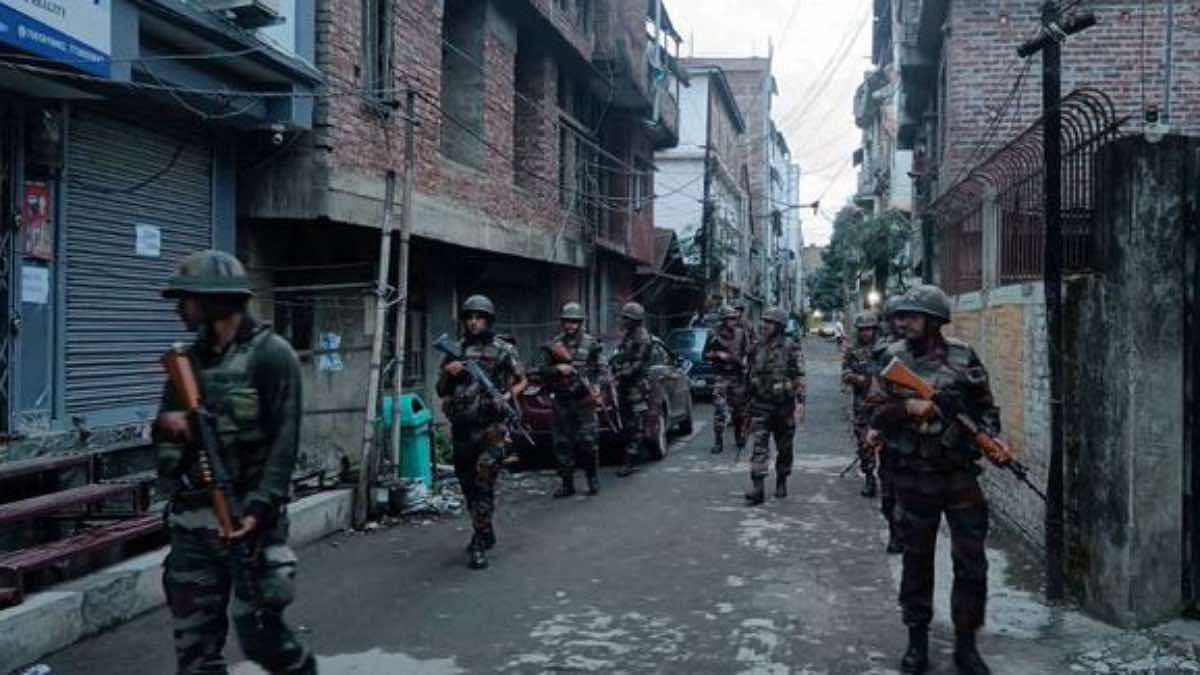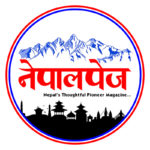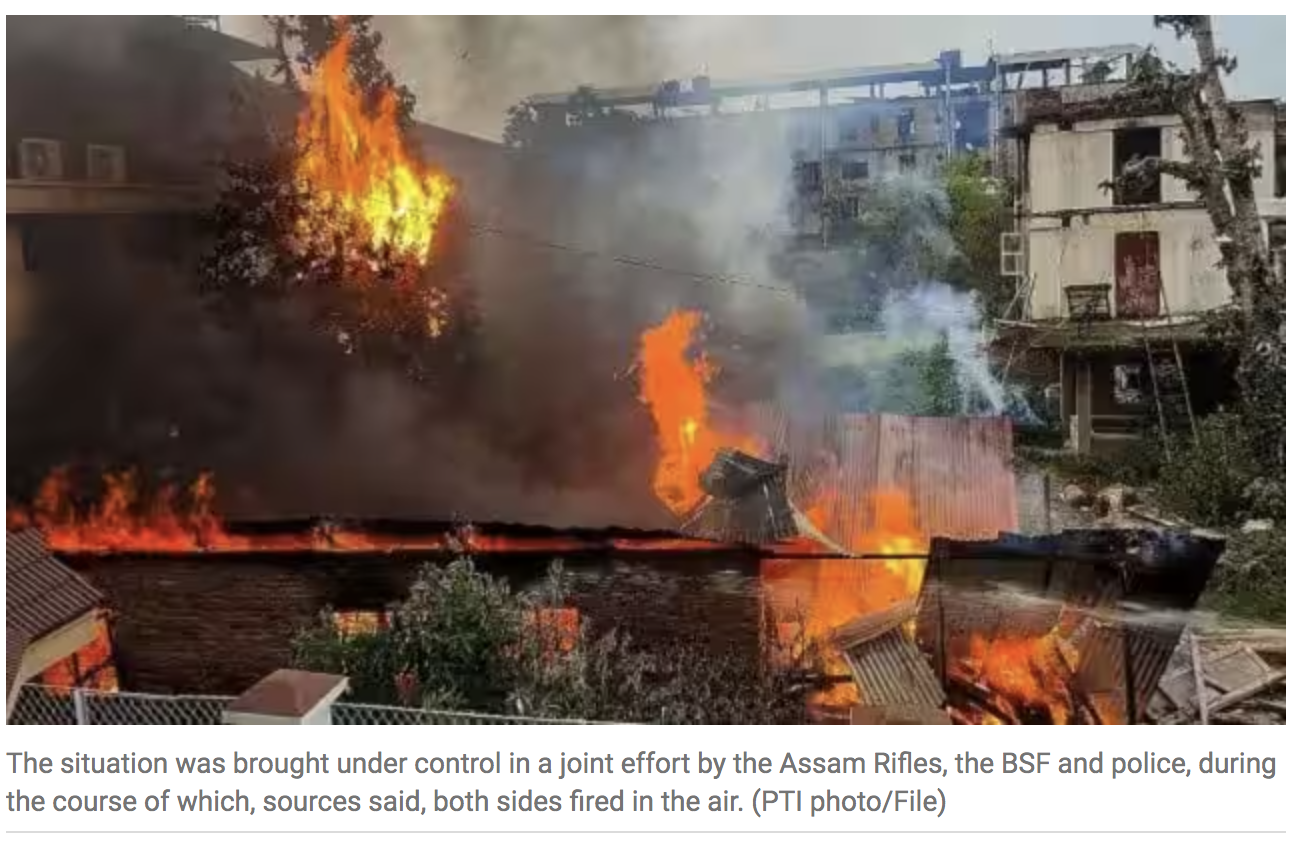
Edward Said’s Orientalism is one of the most influential books of the last five decades. His classic study of Western representations of the Middle East showed how the essentialist frame of knowledge produced by the scholarship on the Orient served to justify and rationalise colonial power. This applied not only to writings that were hostile and contemptuous of the colonised societies but also to the well-meaning and sympathetic writings on the Orient that shared the same frame.
For the last ten days, I have been thinking of Edward Said in the context of Manipur. At last, following the release of the horrific video, we have noticed that Manipur exists. The PM was forced to break his silence, if only for 36 seconds. The Supreme Court stepped in, though still over-cautious. The ‘national’ media had to acknowledge the tragedy of Manipur, if fleetingly. For once, the situation in one of the states in the northeast became the focus of national politics, both outside and inside Parliament. Decades-old national amnesia was punctured in a week
Orientalist frame and political consequences
The last few days have taught us that the only thing worse than neglect by the powerful can be the gaze of power. Anyone who travels across the country can testify that the northeast in general and Manipur in particular are safer for women than any other part of the country. But now Manipur may be remembered for brutal violence against women. The longest-serving CM of Manipur, late Reishang Keishing, belonged to the minority community of Christian Nagas. But the state may now be seen as a model of majoritarianism. Manipur was the first state in the Union of India to have held democratic elections based on universal adult franchise and is arguably the state with the most vibrant civil society and intellectual life in the hill states of the northeast. Now it may be held out as an instance of the ‘dark side of democracy’.
The present crisis will, hopefully, go away after some time. But these images may persist and percolate, just as Orientalist representations did. These residual memories may worsen the pre-existing stereotypes and prejudices about the Northeast. All this would feed into our own desi orientalism, the distorted representation of the northeast produced by ‘mainland’ India that reinforces political domination and alienation.
This is not just long-term academic anxiety. This orientalist frame has serious and immediate political consequences. It distorts our understanding of the nature of the current crisis in Manipur that has persisted for nearly three months now. It misdirects our energies into shallow partisanship that is bound to be counter-productive.
I first noticed this tendency and its political consequences in how our liberal and progressive sections responded to the Assam problem. They lived in denial of the real problem of cross-border infiltration in Assam and the resultant changing ethnic profile of the districts bordering Bangladesh. They closed their eyes and their heart to the legitimate anxieties of the Ahomiya community. They turned their back to the Assam movement and characterised it as parochial and xenophobic. Their abdication of this cause and the indifference of secular parties to address this issue have finally enabled the BJP to turn this ethnolinguistic issue into a communal divide. A hurried and telescopic application of high principles led to political paralysis, if not self marginalisation.
Assam is a living example of how our politics fails when faced with multiple victims. Ahomiyas are as much a victim as are Bengali and Jhakhandi migrants, the various plain tribes, and illegal immigrants from Bangladesh. In such a situation, we take the easy and the lazy way out – we choose one victim over others and build partisan politics around it. This is bound to be a political disaster.
Something similar is happening in the case of Manipur
Manipur: Repeating Assam
The problem with the belated national attention to the crisis in Manipur is not just the venom, the dodging, and the vicious communal spin by the pro-establishment voices. The anti-establishment perspective, well-meaning and pro-people, is also guilty of an over-simplified birds-eye-view that can be seriously misleading, if not politically counter-productive. The anti-establishment camp has rightly called out the BJP for its divisive politics, CM Biren Singh for his partisanship and incompetence, and PM Modi for his imperious indifference and dereliction of constitutional duties. It has exposed the darbari media’s designs of blaming the victims or whitewashing the crime.
Yet, the liberal-secular critics tend to see the very complex situation of Manipur through the familiar but misleading lens of politics in the Hindi belt, that of brute dominance of the majority over the minority religious communities, or that of oppression of the marginalised adivasis by the powerful caste-Hindus. It is then easy to pick up one set of victims and follow their narrative. We do not stop to ask if this north Indian frame fits the reality in the northeast. From an easy and correct identification of the culprit, namely the BJP government, we slip into a quick-fix identification of the victim. Many scholars of Manipur, like Professor Bimol Akoijom, Professor Kham Khan Suan Hausing, and Pradip Phanjoubam have shown that the situation is more complex.
This lens clouds the basic fact of this conflict: it is not principally a religious communal divide but an ethnic strife. The RSS might like this conflict to play out as Hindu majority vs. Christian and other religious minorities, but it has not happened yet. It was and still is principally a clash between Meiteis who are mostly Hindus and Kukis who are Christians. This is not to gloss over the desecration and destruction of churches, but to recognise that the driving force of this violence is not religious communalism but ethnic communalism. Nagas, the largest Christian community of the state, and the Pangals, the small Muslim community of Manipur, are not yet a party to this dispute. There were some initial reports of attacks on the tiny Christian Meitei population, but that appears to have subsided soon.
Besides, Meities are not like north Indian Hindus and the extremist groups working on their behalf are not like Bajrang Dal. While a version of Vaishnavism (Gaudiya Vaishnavism) is the dominant religion for the Meiteis for more than three centuries, it has co-existed with beliefs, practices, and festivals of the indigenous Sanamahi religion. Aggressive Hinduism has largely been absent from Manipur, despite the long involvement of the RSS. Militant groups such as Meitei Leepun and Arambai Tenggol, alleged to have been involved in the attacks against the Kukis, are not advocates of homogenous Hinduism of the kind Sangh Parivar would propagate. If anything, their ideological project is to resurrect the indigenous Sanamahi religion, and oppose the imposition of mainland culture and indeed the dominance of the Indian state. The Sangh Parivar’s project of flattening all this into mainland “Hindutva” is far from successful.
Not dealing with one victim and one aggressor
The relationship between Meiteis and Kuki-Zo people is not like the interaction between upper-caste Hindus and Adivasis. Though distinct social groups with a mixed history of interaction and suspicion, both are from the “same ethnolinguistic family inhabiting a small and compact mountainous region”. Though technically given the status of OBCs, the Meiteis are not radically different in their socio-educational status from the Kukis who are classified as ST and enjoy a significant presence among the administrative and police officials in the state. If we have to look for parallels, we should think of the Meena-Gujjar conflict in Rajasthan, not the Adivasi-savanna dynamics of Jharkhand.
Kukis have long nurtured a sense of persecution, intensified in recent times by the openly hostile attitude of CM Biren Singh. They have borne the brunt of targeted violence. They resent being targeted for opium cultivation, treated as aliens in their own land, and fear the loss of constitutional protections and encroachment on their traditional lands.
The Meiteis too have long lived with a sense of siege, of being boxed into a small parcel of land. They resent differential treatment among comparable communities. And they fear that the boundaries of Manipur may be violated. So, we are not dealing with one victim and one aggressor, we are dealing with two sets of victims, both with apparently legitimate grievances and realistic apprehensions.
The political challenge in Manipur is to reconcile these apparently real and contradictory perceptions of victimhood, to reduce the narcissism of small differences, to build spaces for dialogue where these fears can be talked about, and to ensure impartial investigation and prosecution that can be trusted to deliver justice to the victims of violence. This is going to be a long process of repair that must begin with the exit of the current CM. Meanwhile, we can begin by repairing our Orientalist glasses and beginning to understand the state in its own terms.
Yogendra Yadav is among the founders of Jai Kisan Andolan and Swaraj India, and a political analyst. Views are personal. By theprint.in




COMMENTS